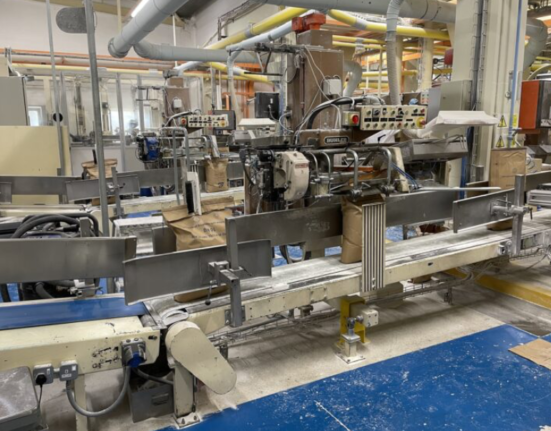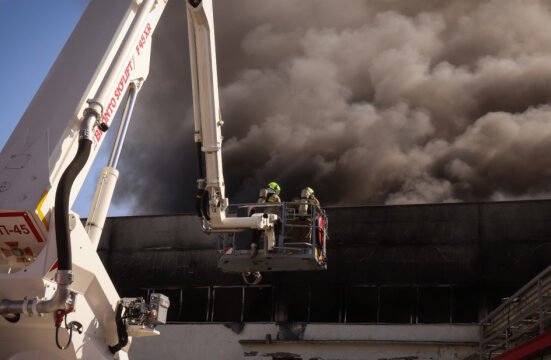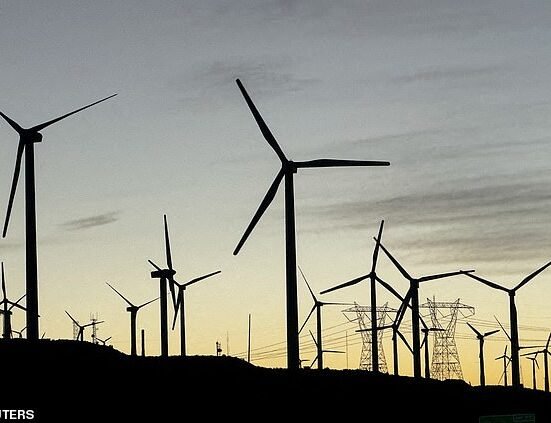(Yicai) May 26 — The impact of the ongoing trade war between China and the United States on Chinese construction machinery exports is overall manageable, according to a report by Soochow Securities.
Even though the US is the world’s largest construction machinery market, China’s export value of such products to the US has been declining in recent years, with its proportion to the total dropping to 7.7 percent in 2024 from 11.6 percent in 2020, the Soochow Securities report showed today.
China’s construction machinery exports climbed 8.8 percent to USD52.9 billion last year from the year before, while those to the US fell 5 percent to nearly USD4.1 billion, according to the report.
Chinese construction machinery firms mainly sell low-margin products, such as small- and medium-sized earthmoving machinery and telescopic handlers, in the US. Therefore, even with the previous 25 percent import tariffs, both the gross and net profit margins of such products were lower than in other overseas regions.
For example, the US market only contributes about 1 percent to the total net profits of Chinese construction machinery manufacturers, such as Sany Heavy Duty.
The globalization of the Chinese construction machinery industry continues to advance through other markets, according to the report.
China’s exports of medium- and large-sized excavators to regions other than the US have been continuously increasing since 2020. Southeast Asia, Africa, Latin America, and the Middle East, which are rich in mineral resources and invest heavily in infrastructure, have a high demand for medium- and large-sized excavators, making them the main sources of profit for China’s construction machinery exports.
Sany Heavy has production bases in the US, Indonesia, India, South Africa, Brazil, and Europe. Last year, revenue from its overseas business reached CNY48.5 billion (USD6.8 billion), accounting for 64 percent of the total.
Hengli Hydraulic built production bases in Germany, the US, Mexico, India, and Indonesia. Its overseas gross profit margin has remained around 35 percent for a long time. The investment in its Mexican factory is expected to bring additional CNY1.7 billion (USD237 million) in revenue.
These companies are expected to create a core network along the Belt and Road Initiative, which will help them further explore markets in Southeast Asia, Africa, and Latin America. They will also likely continue to advance the globalization of their production capacity, thereby reducing the impact of tariffs on international trade.
Last year, the export value of China’s construction machinery products to BRI member countries soared 14 percent to USD33.3 billion from the year before.
Editor: Futura Costaglione







